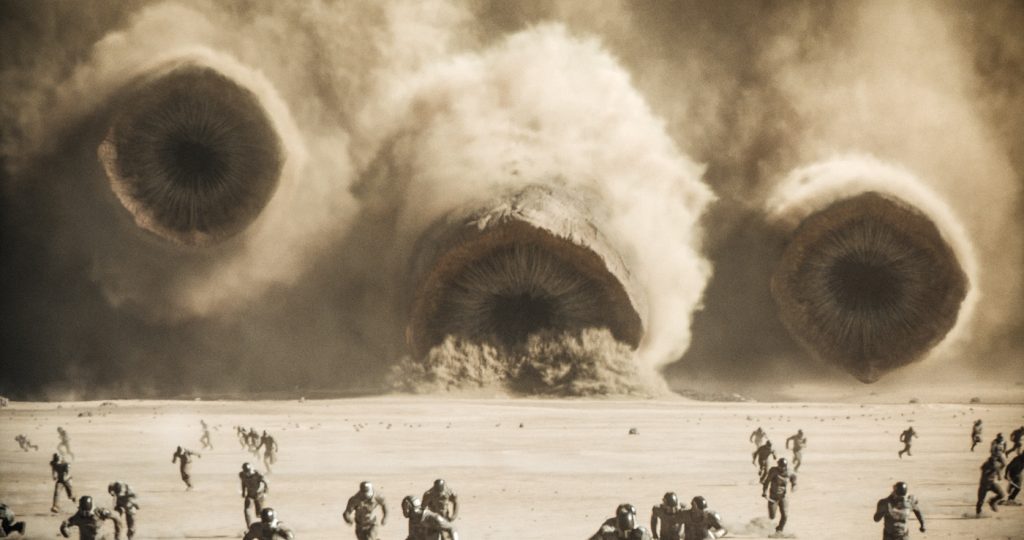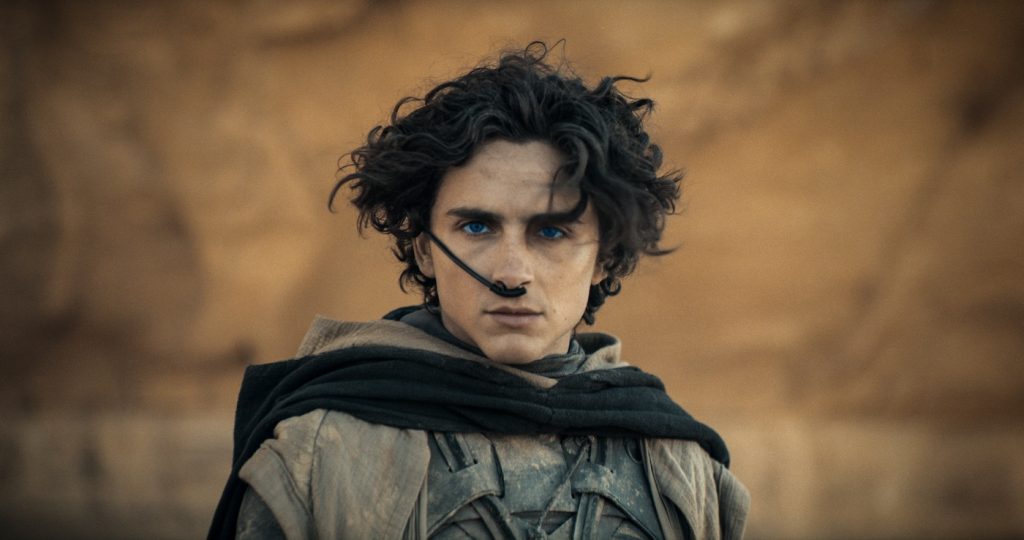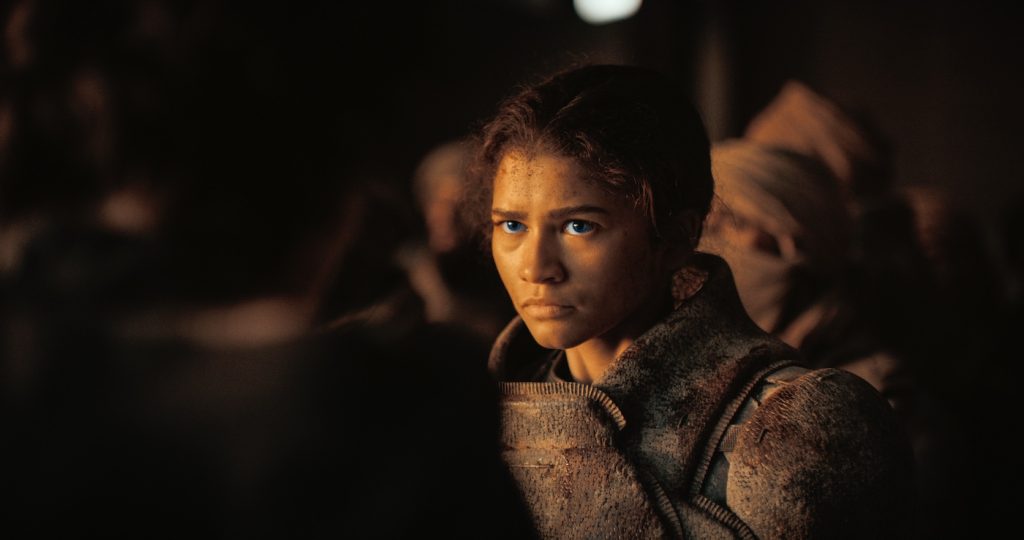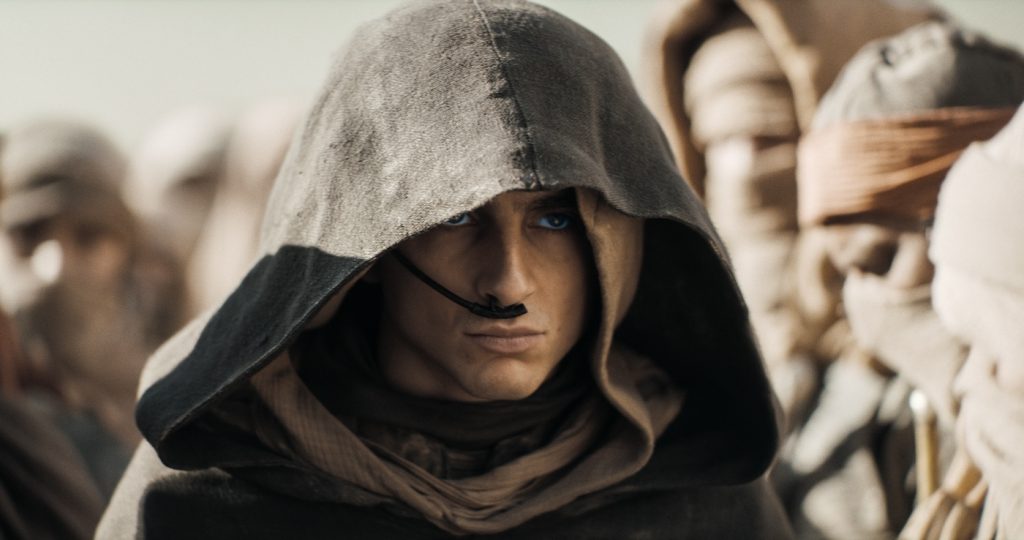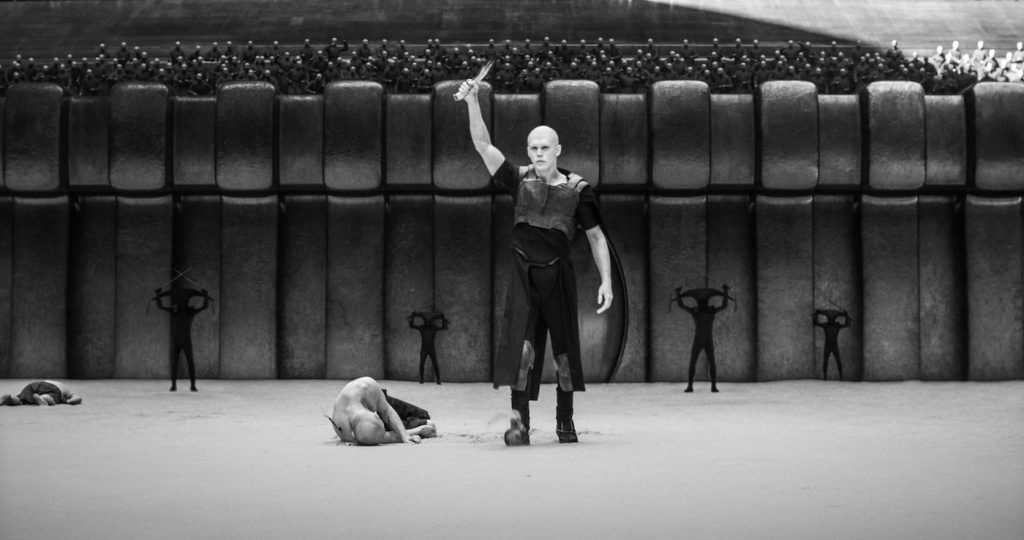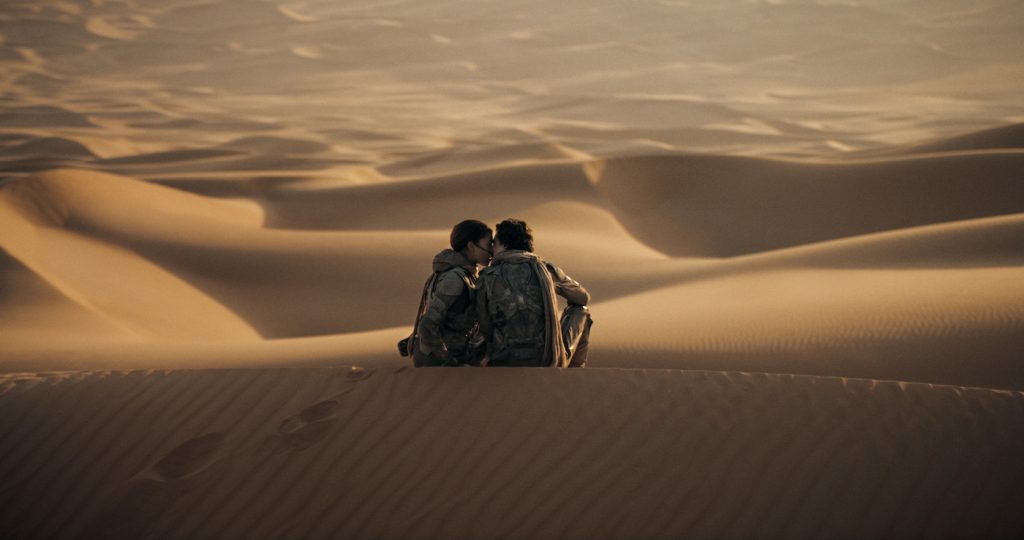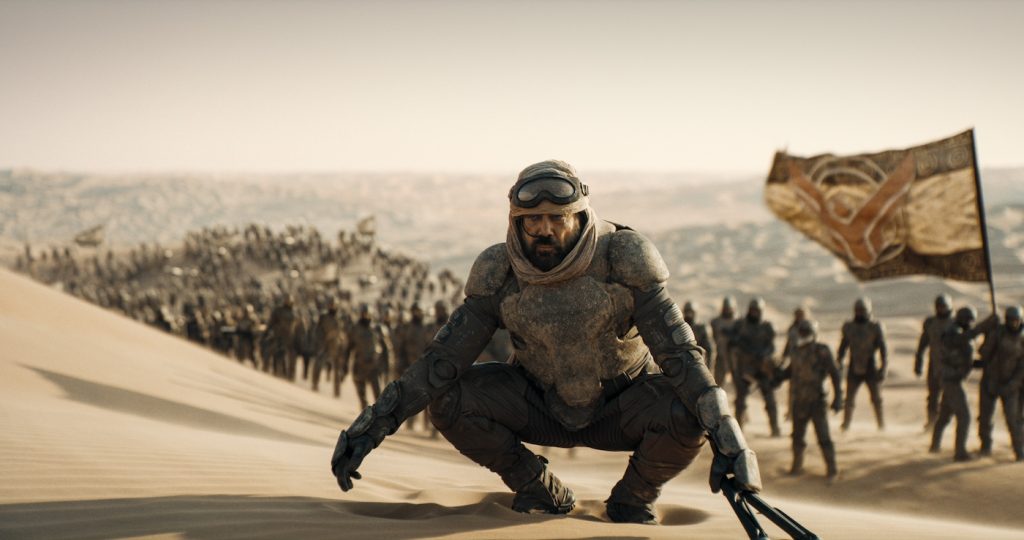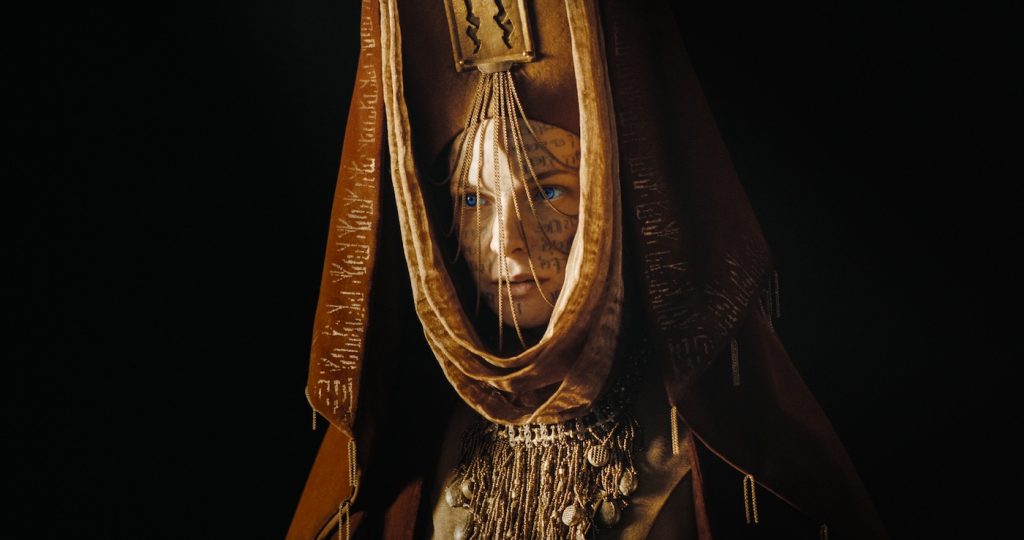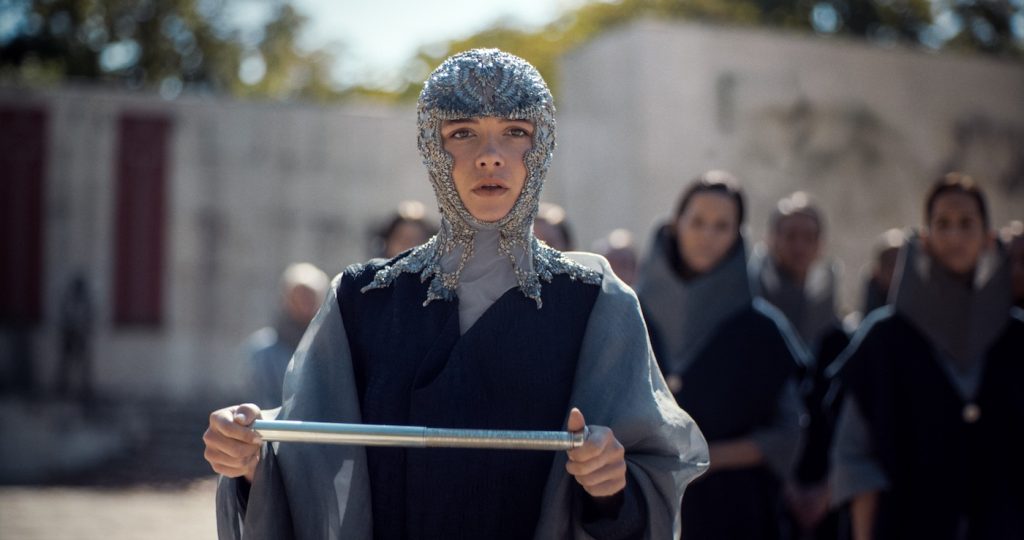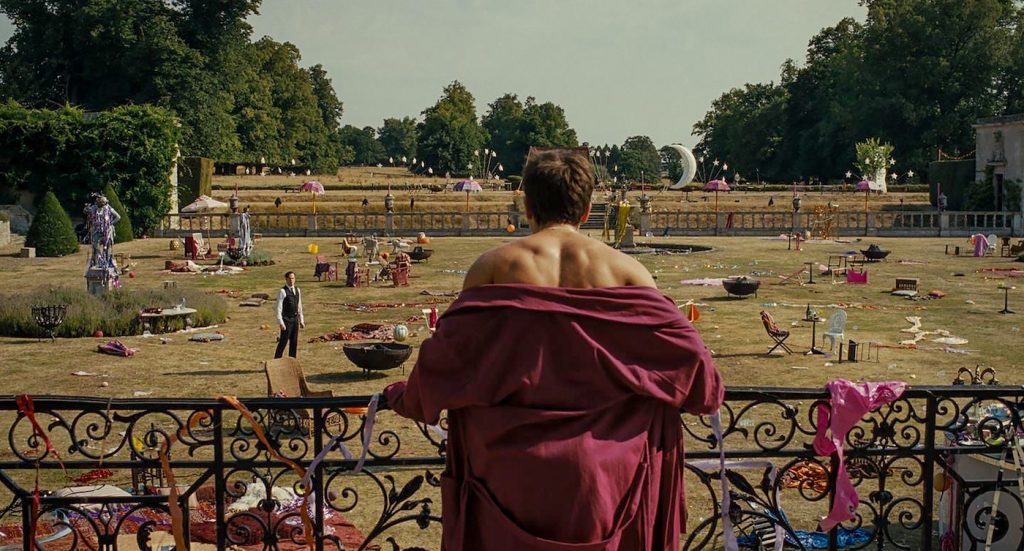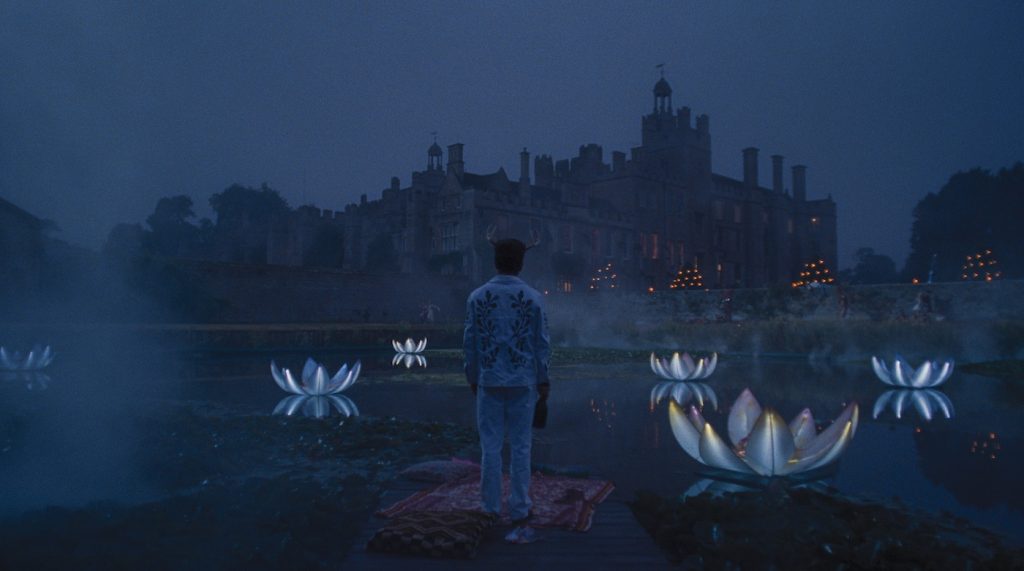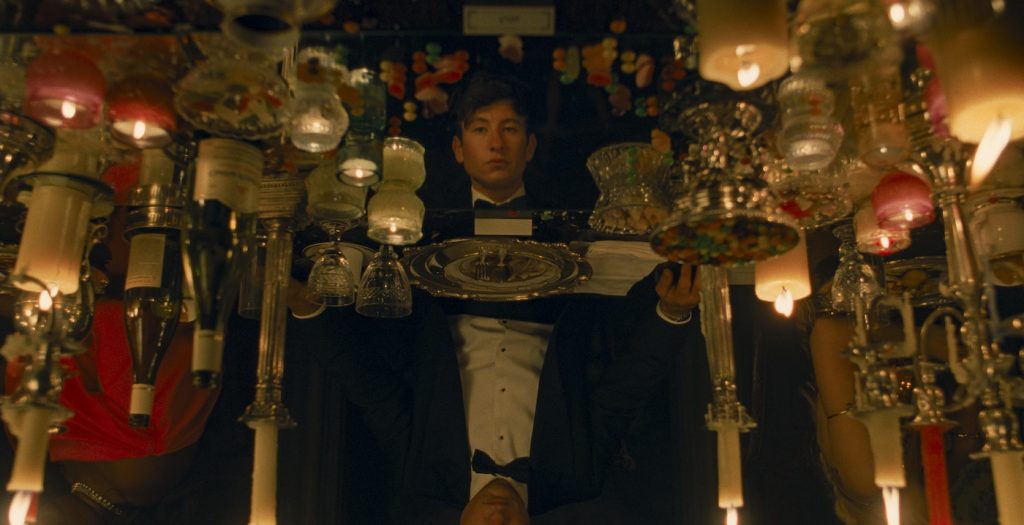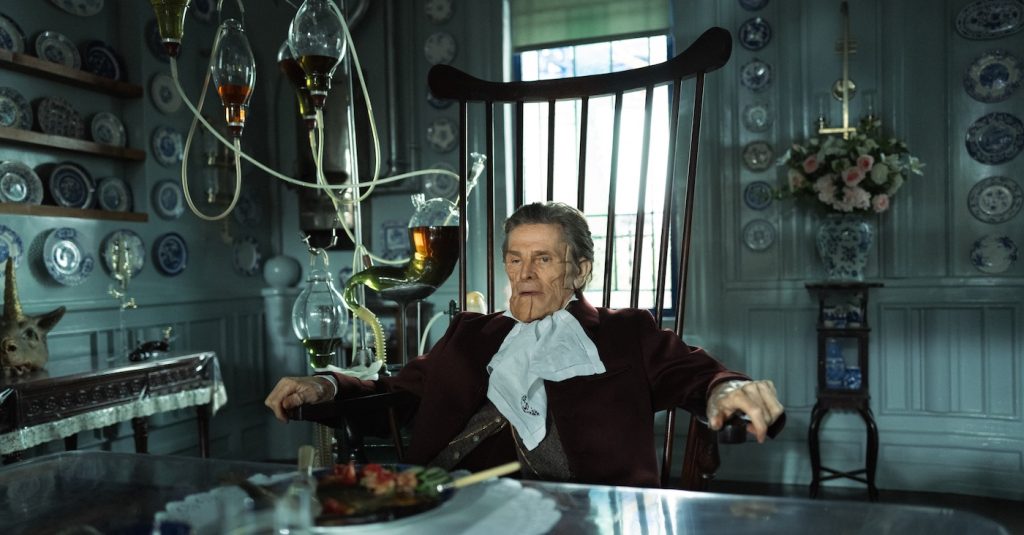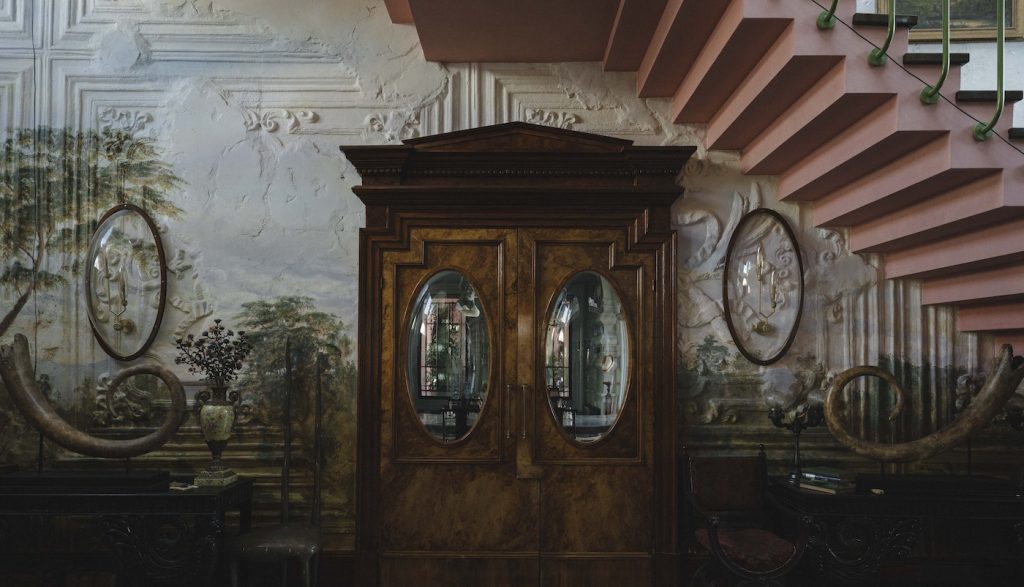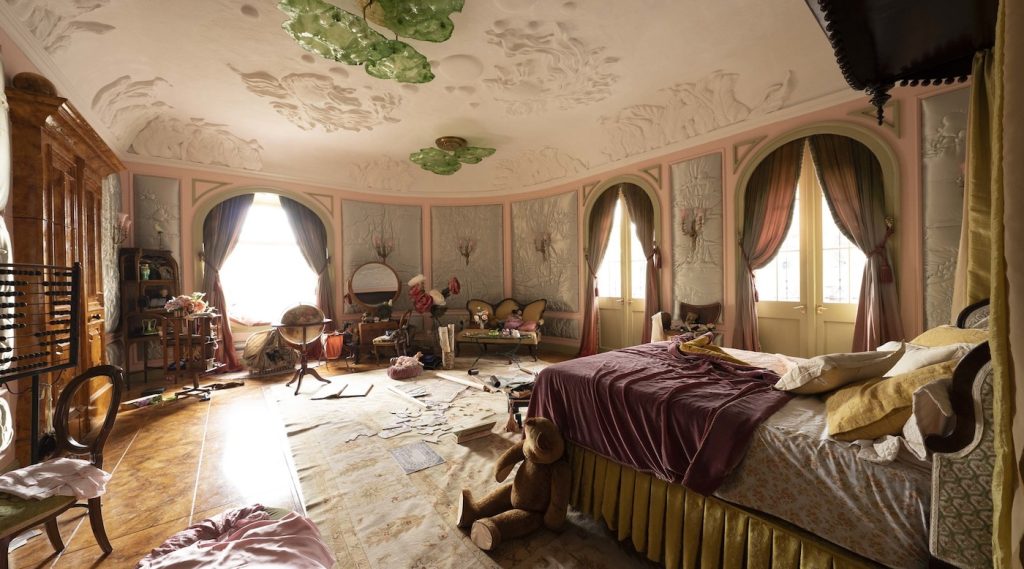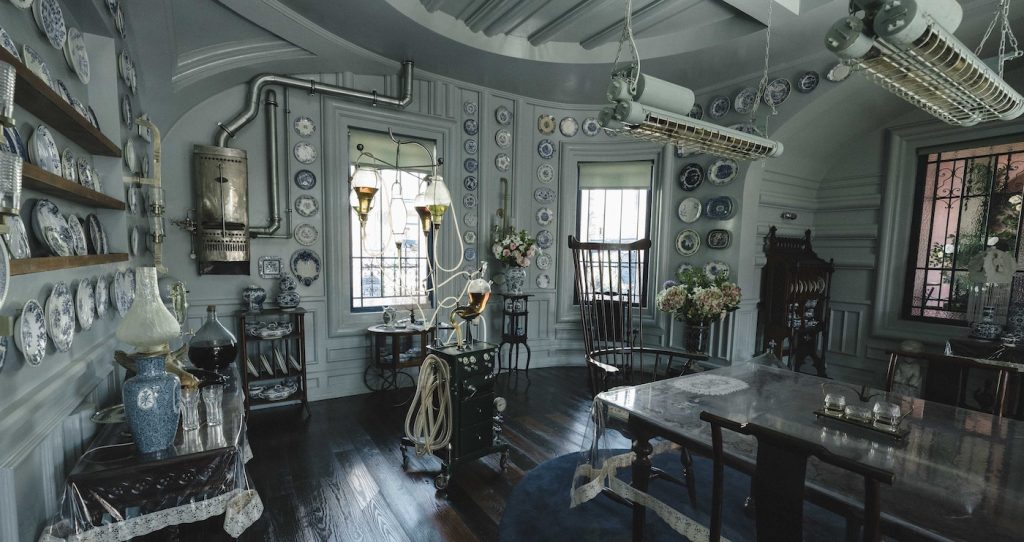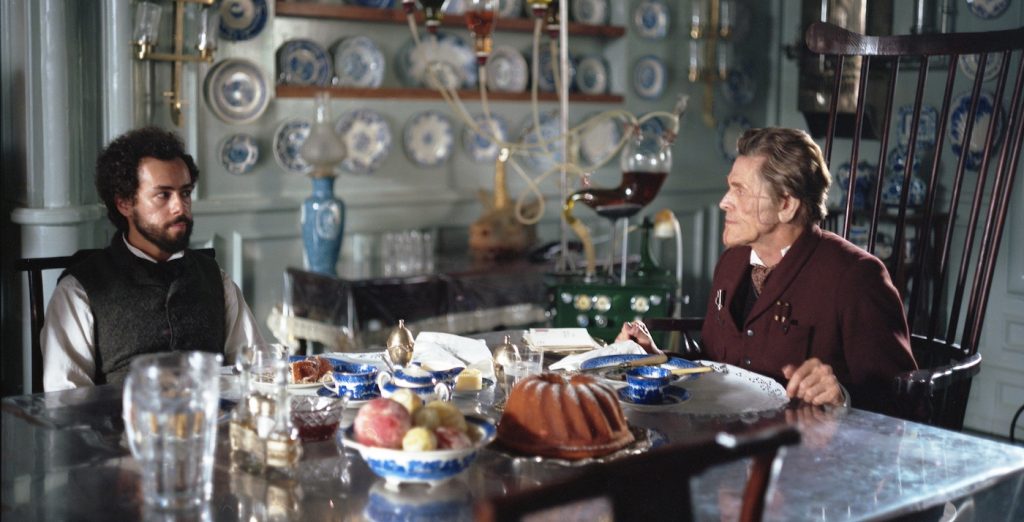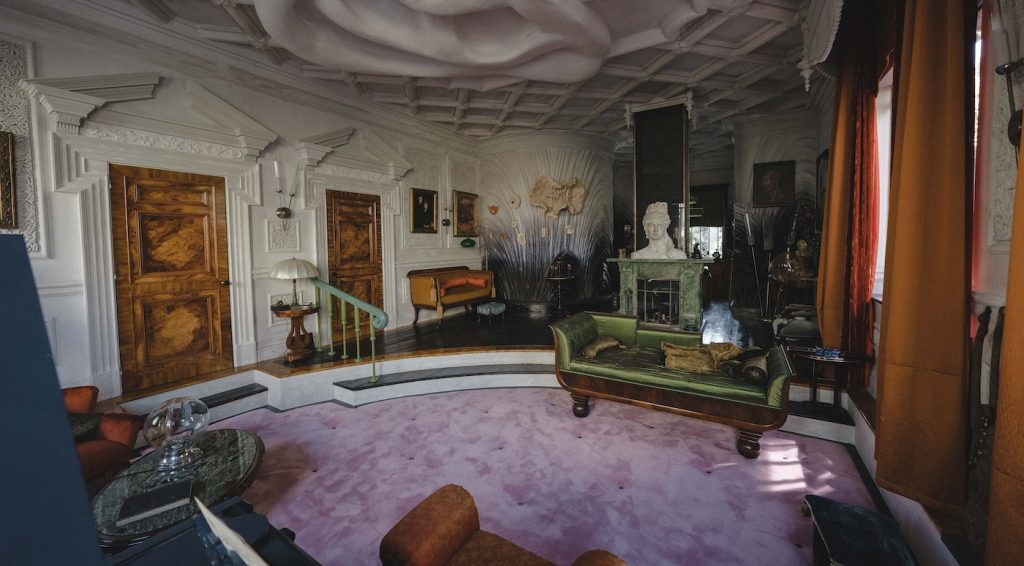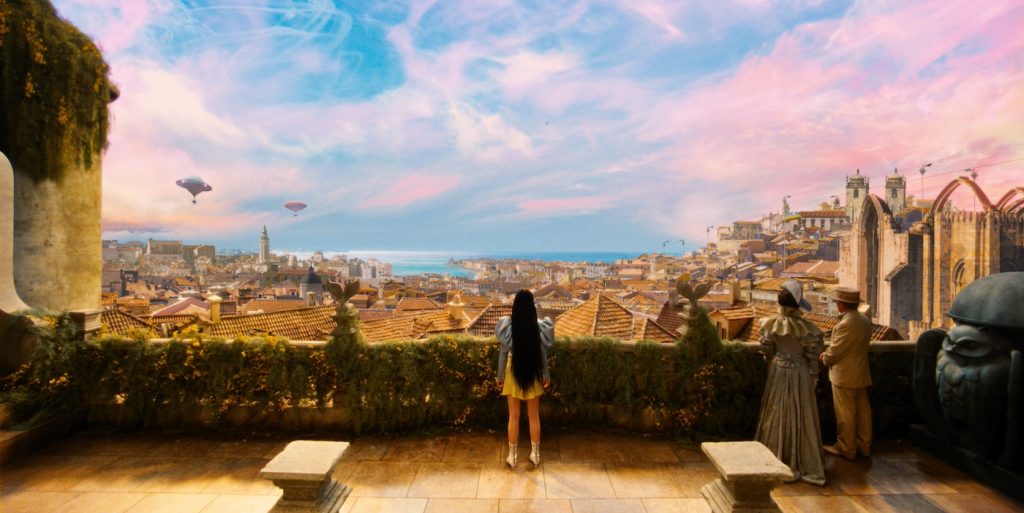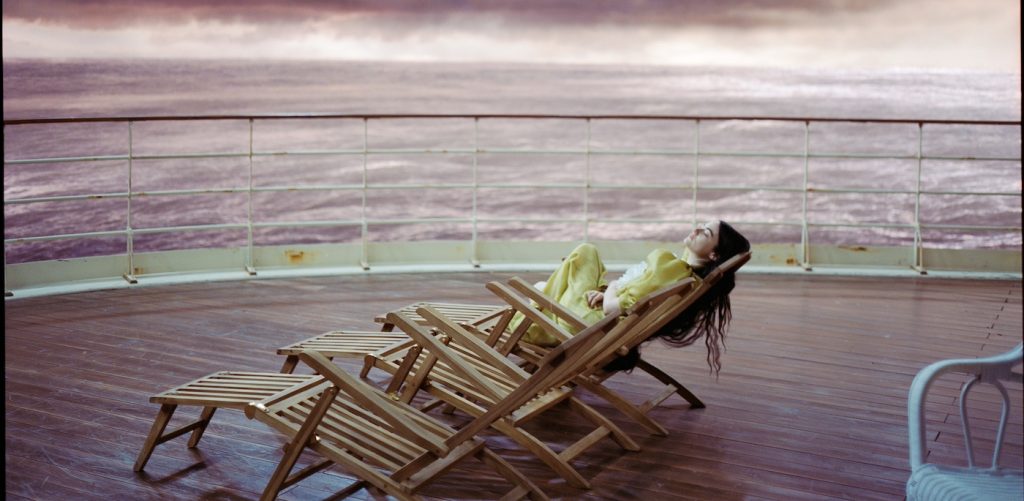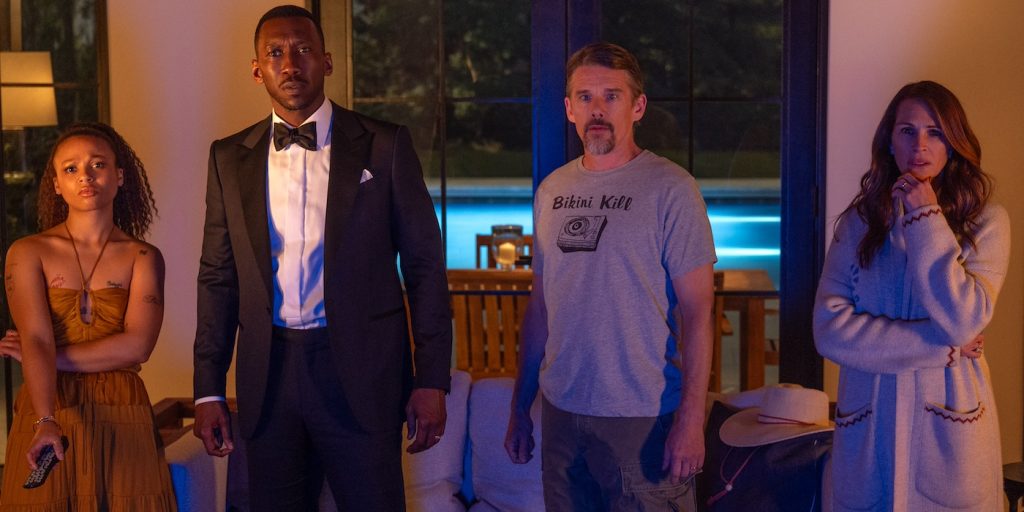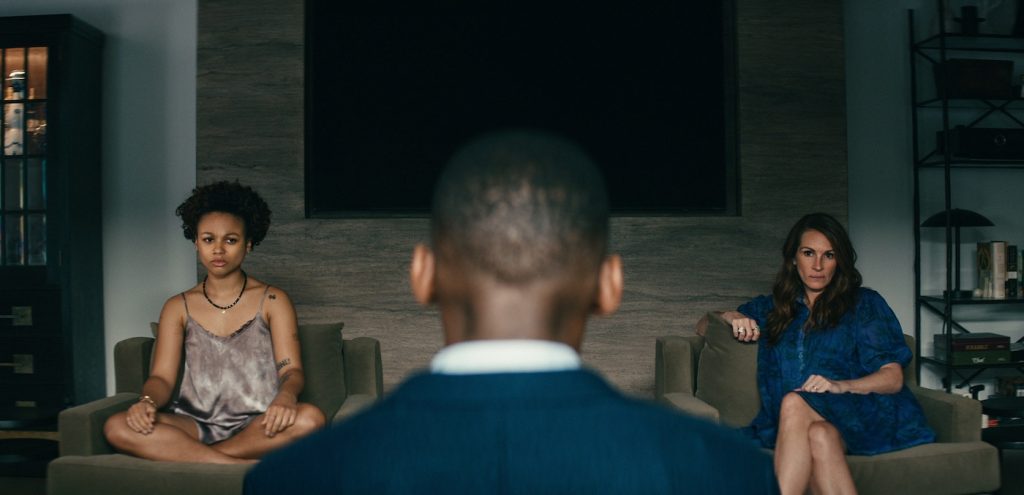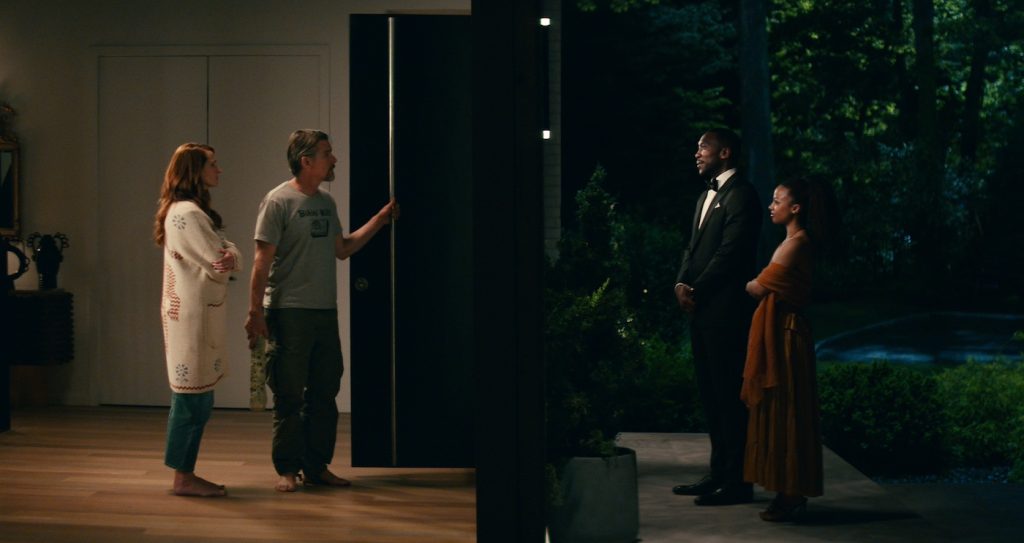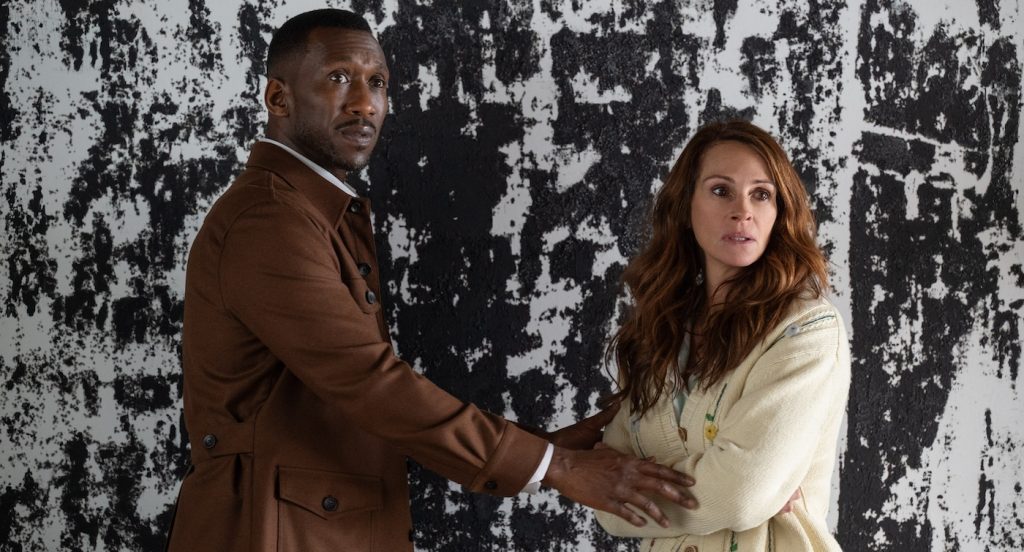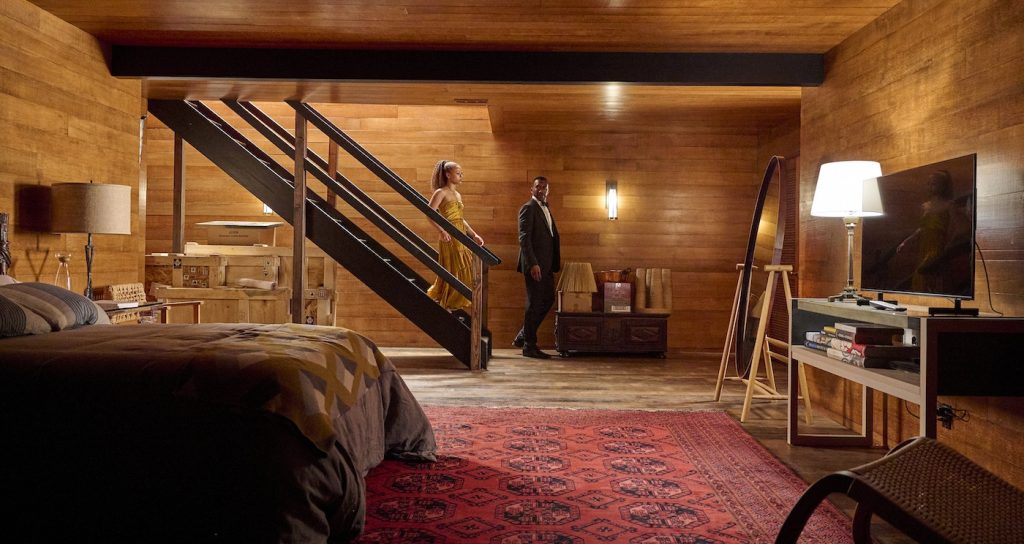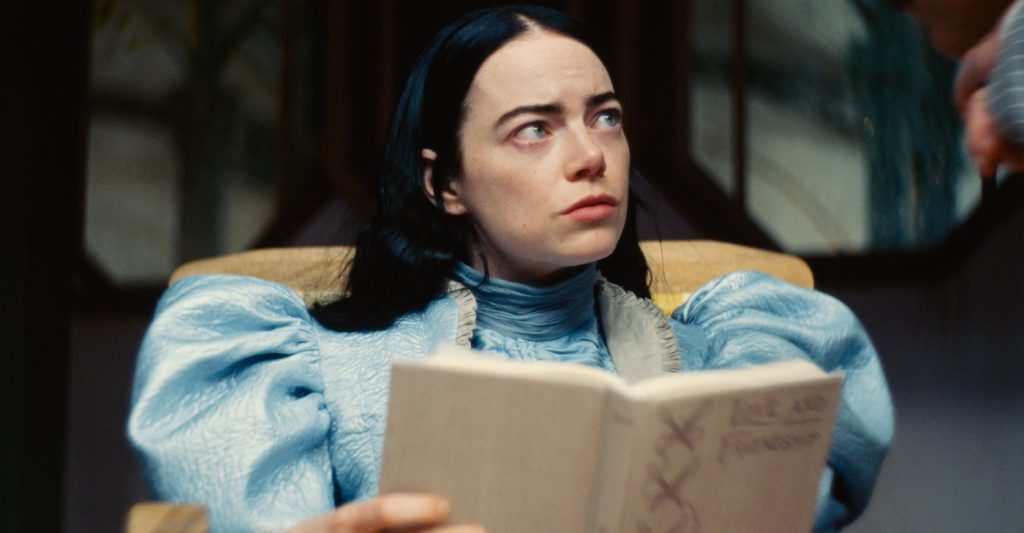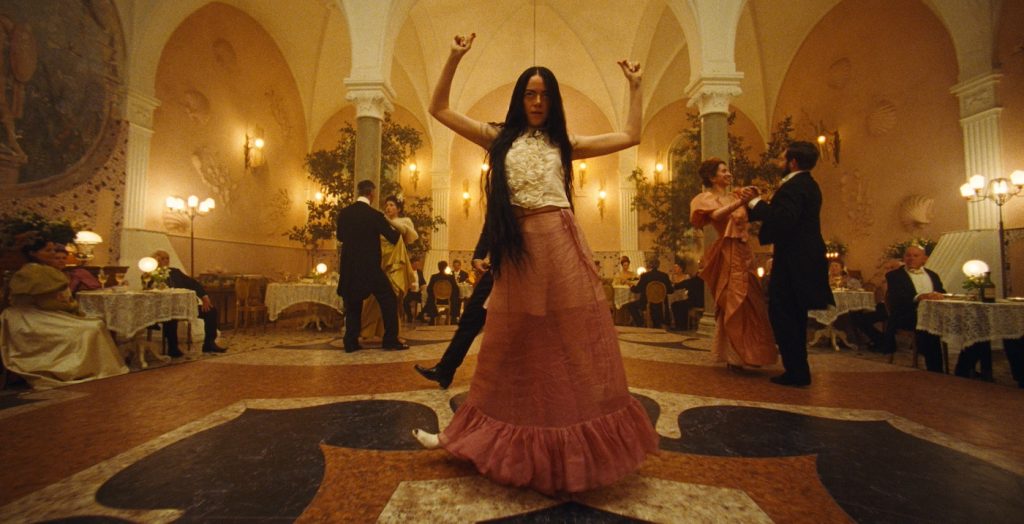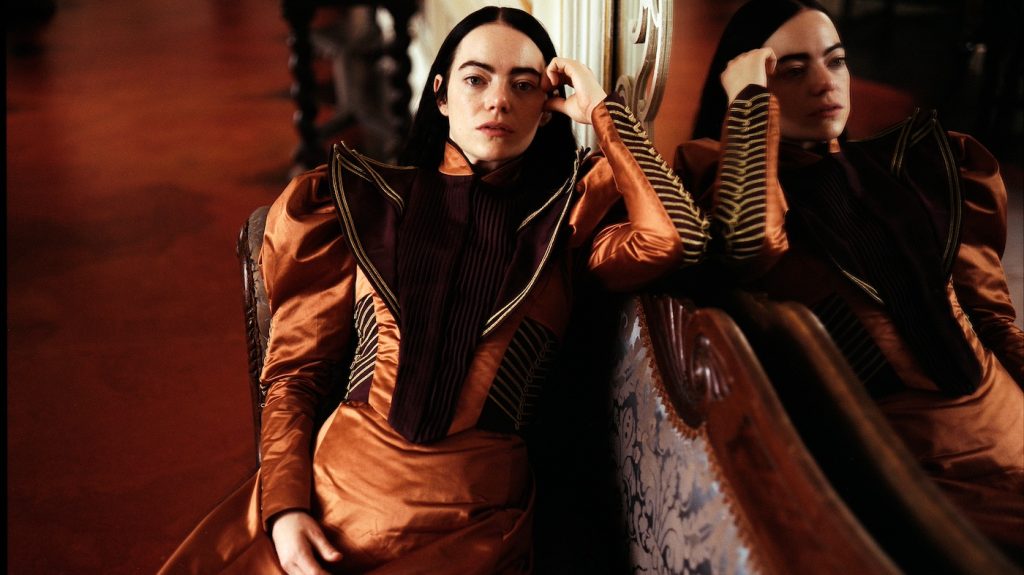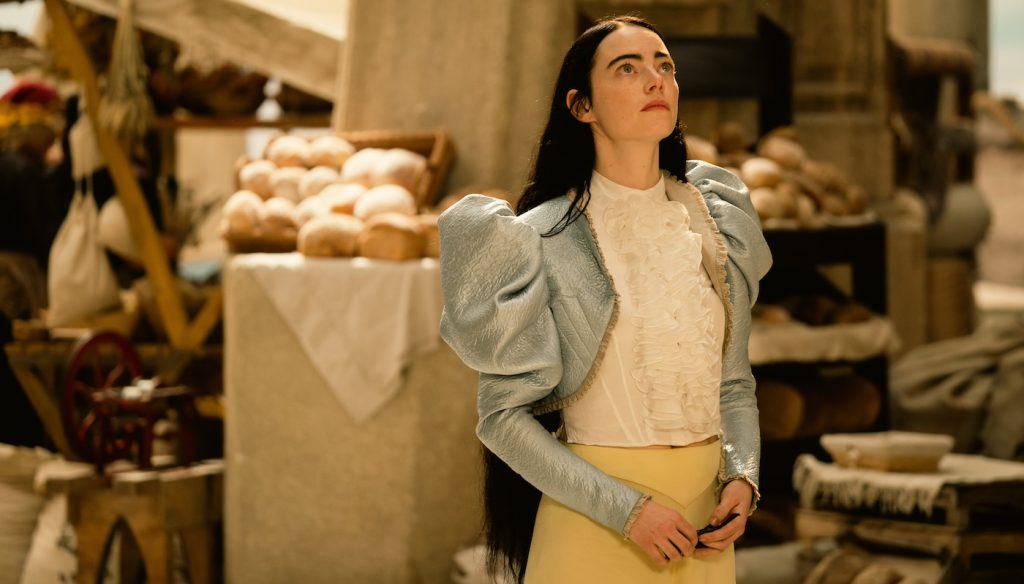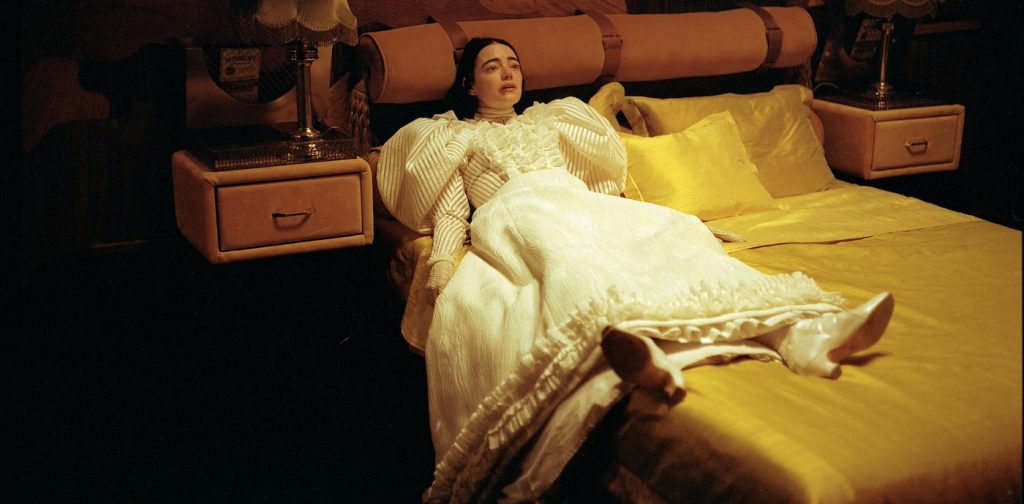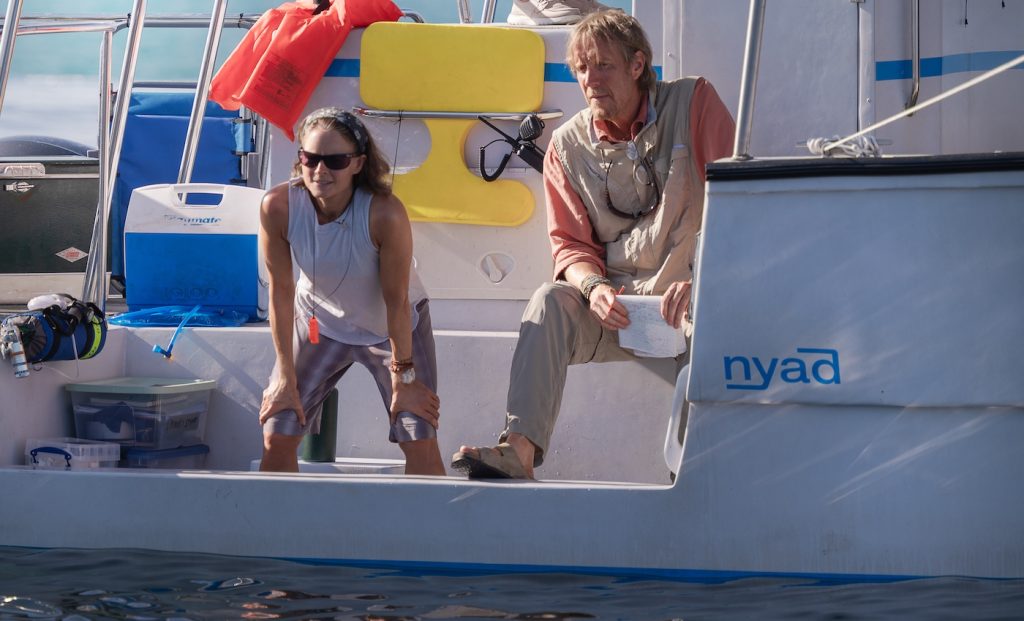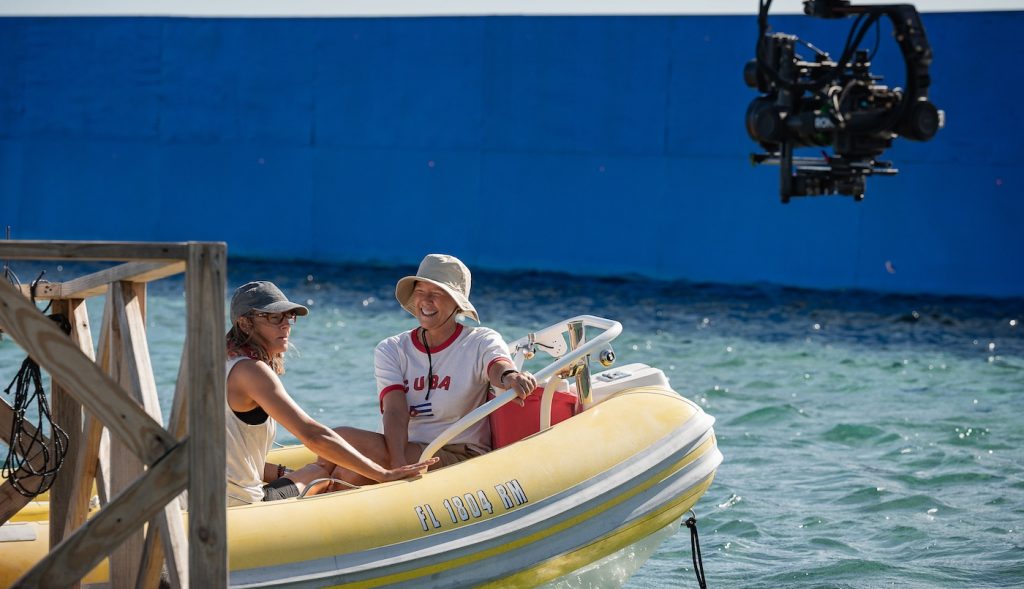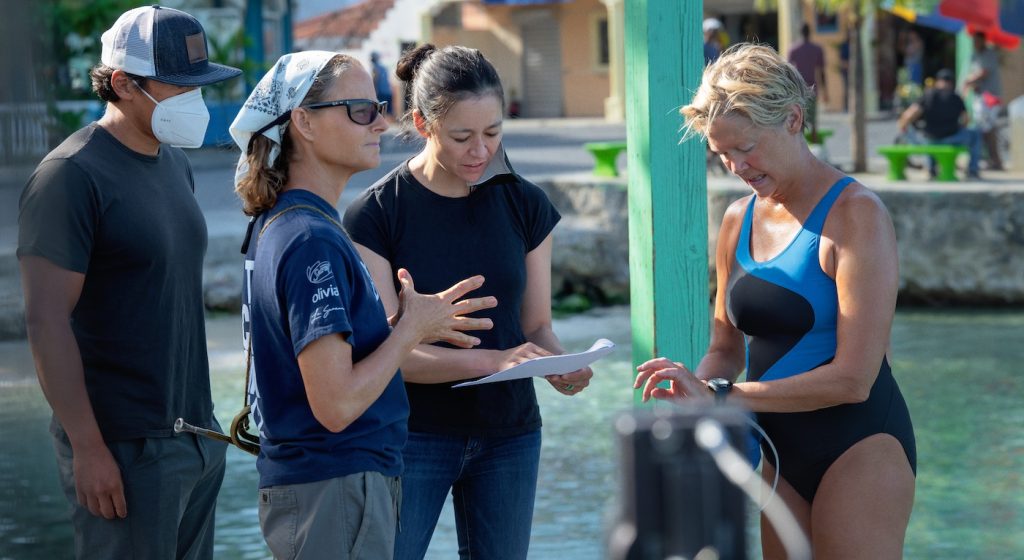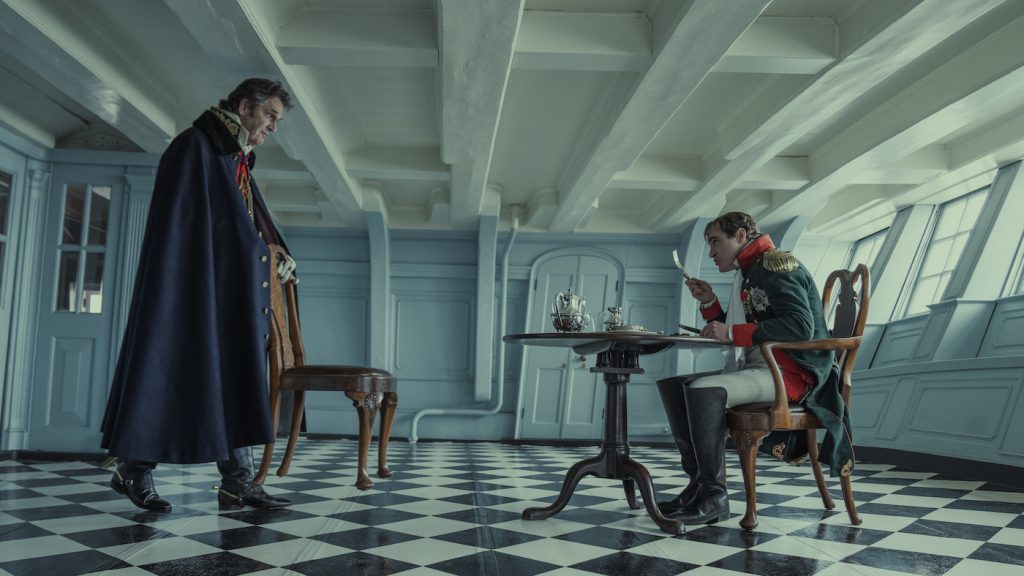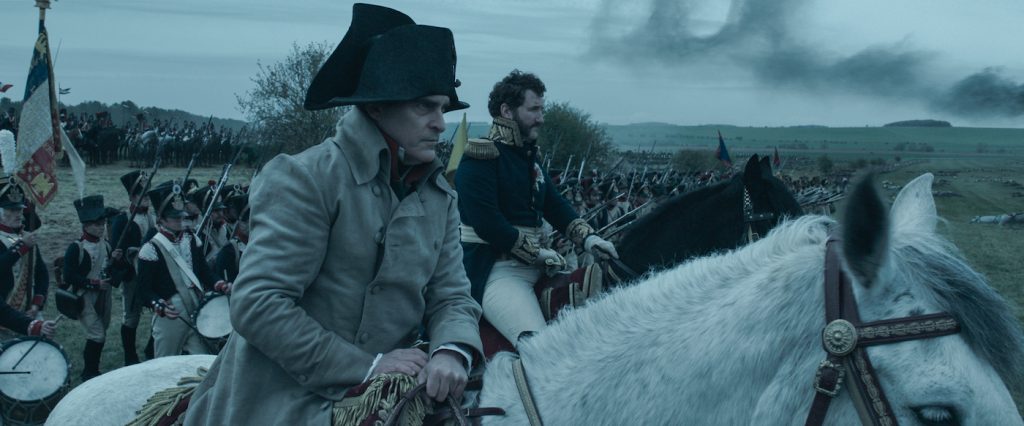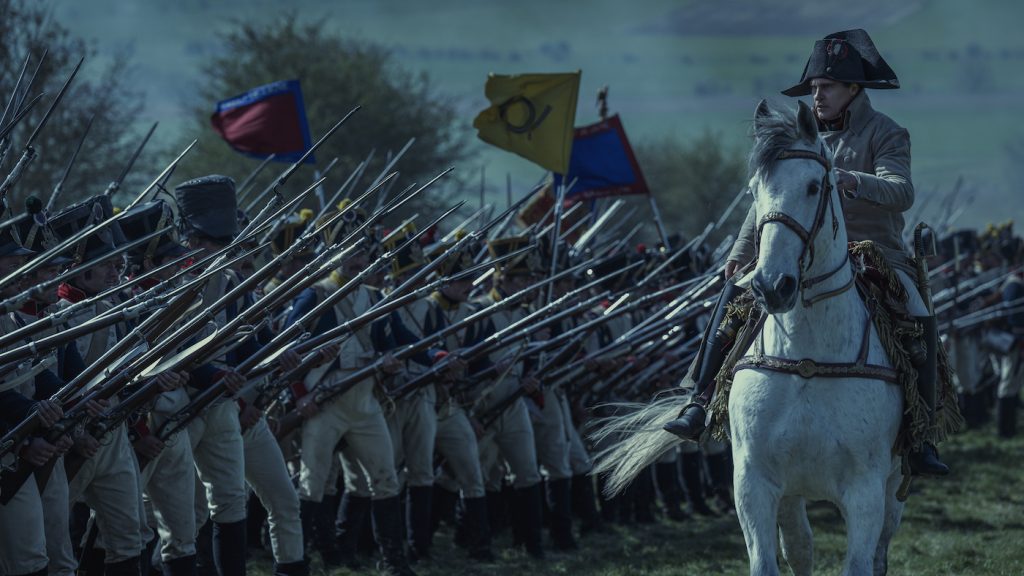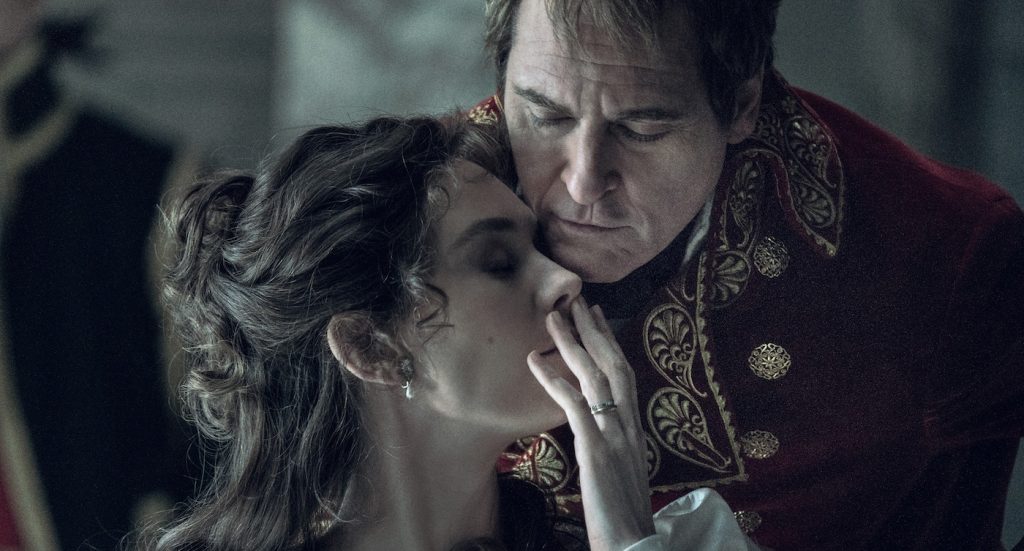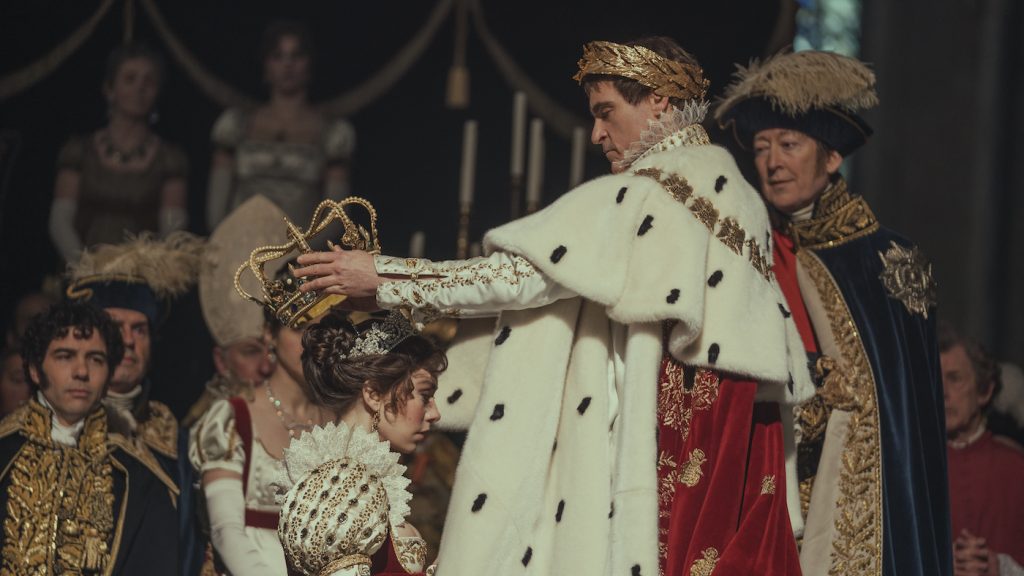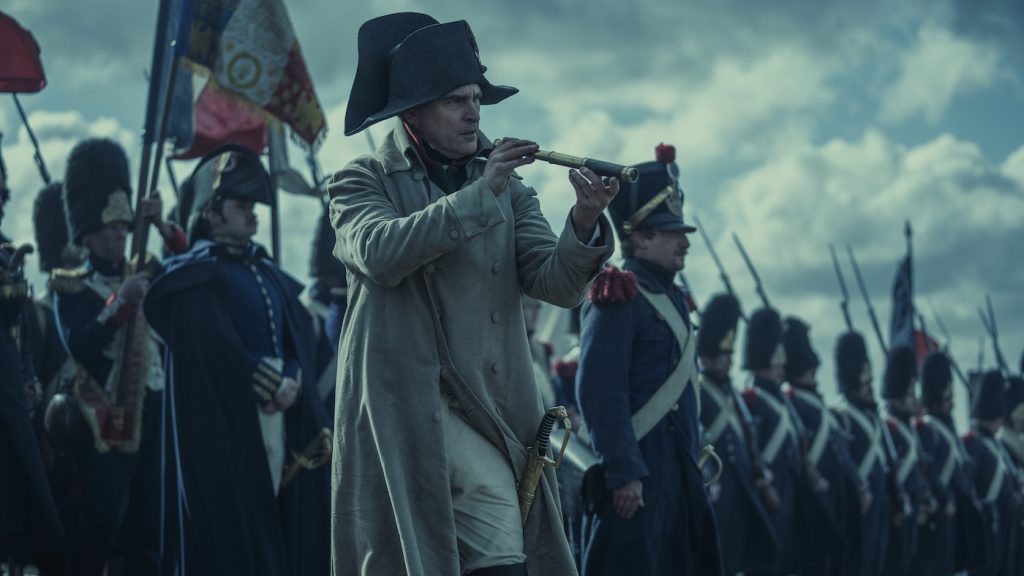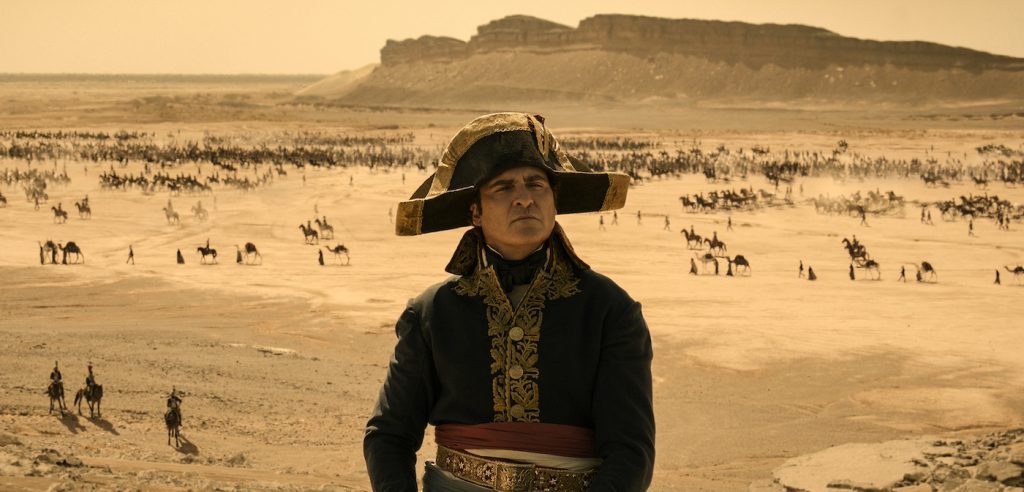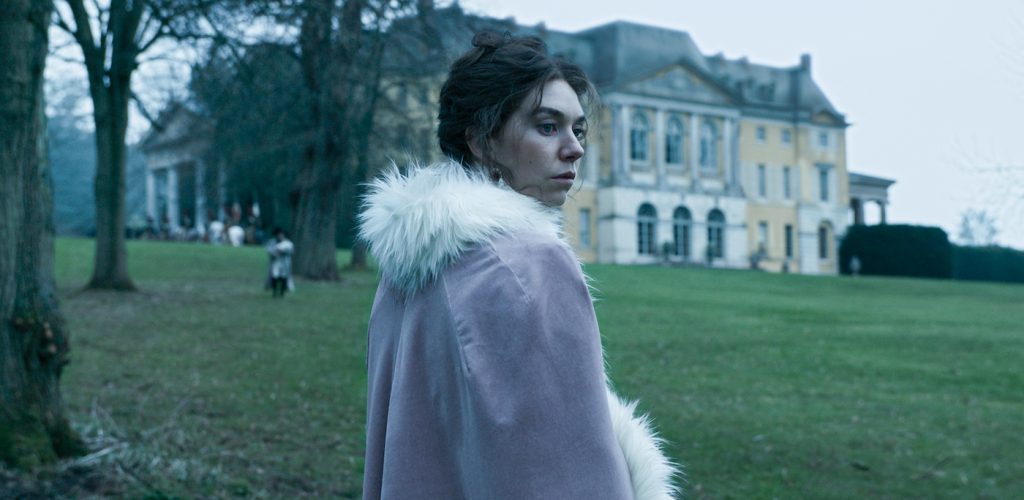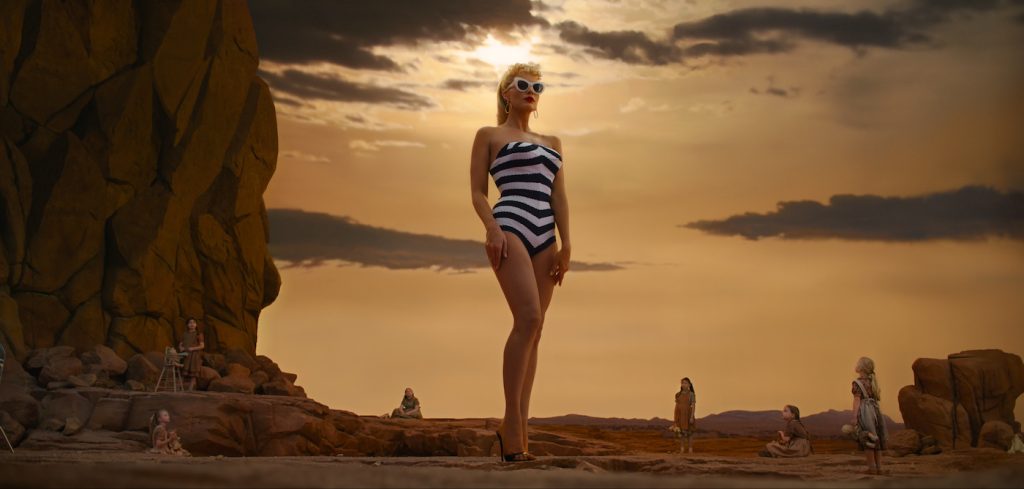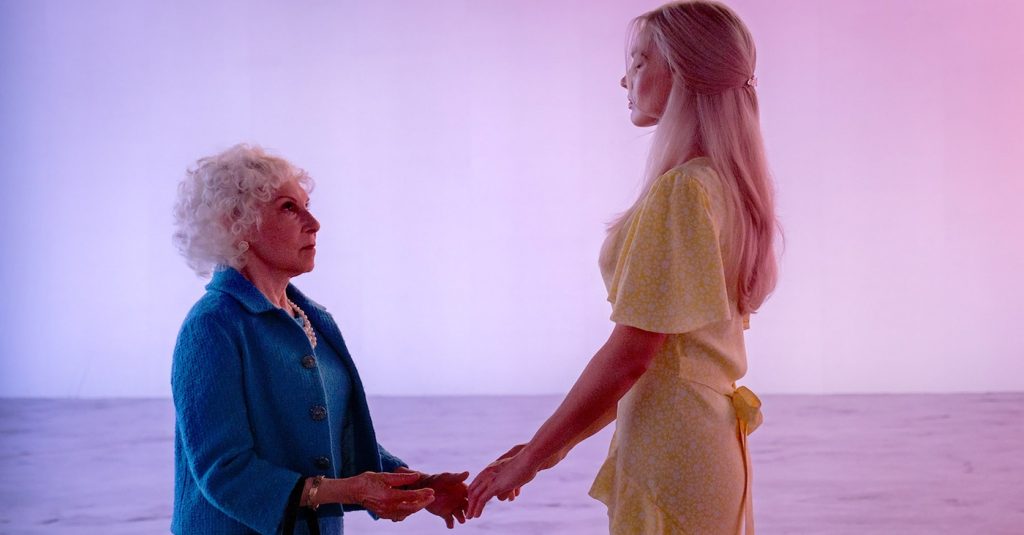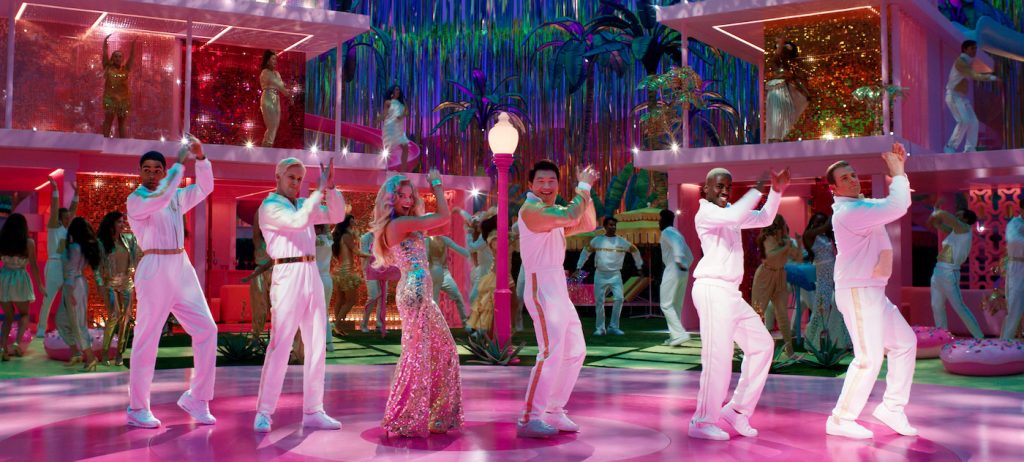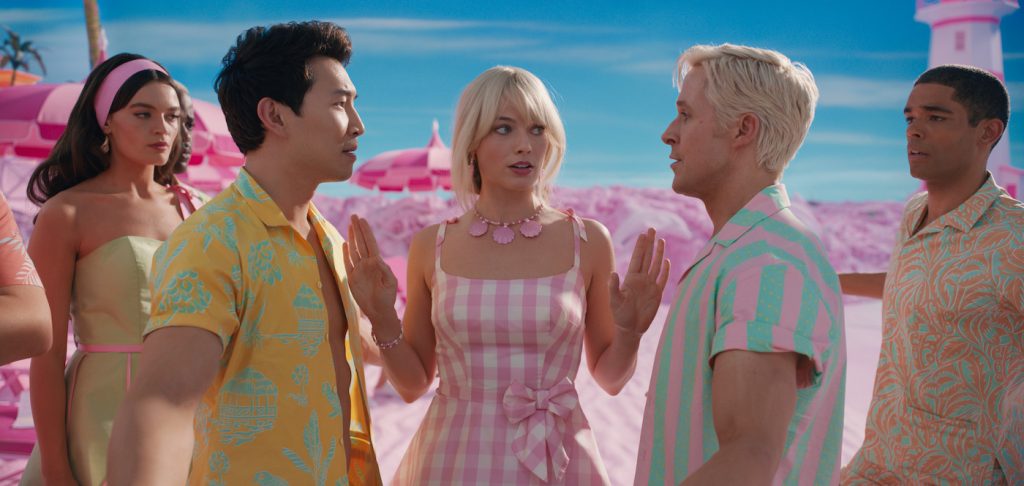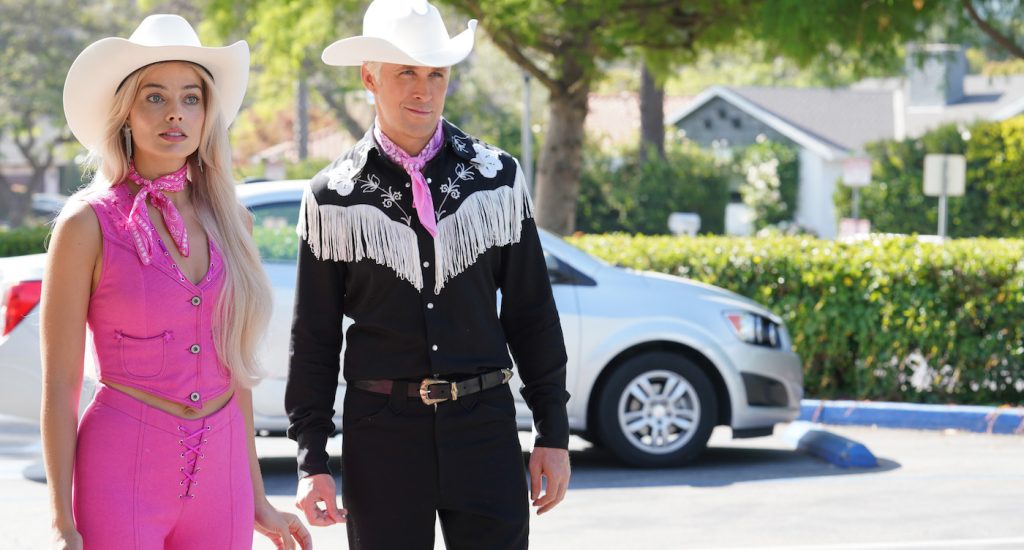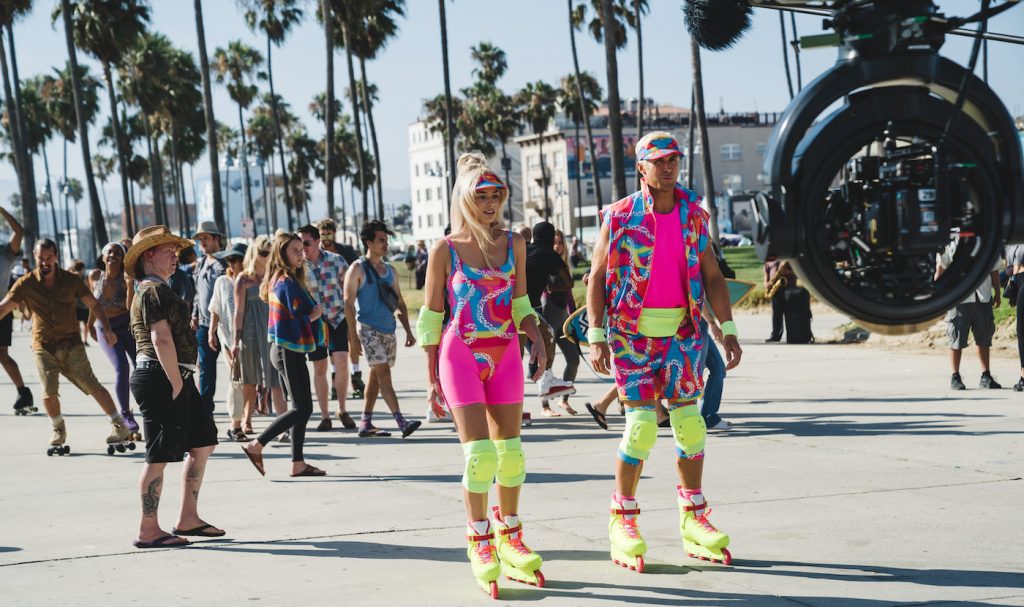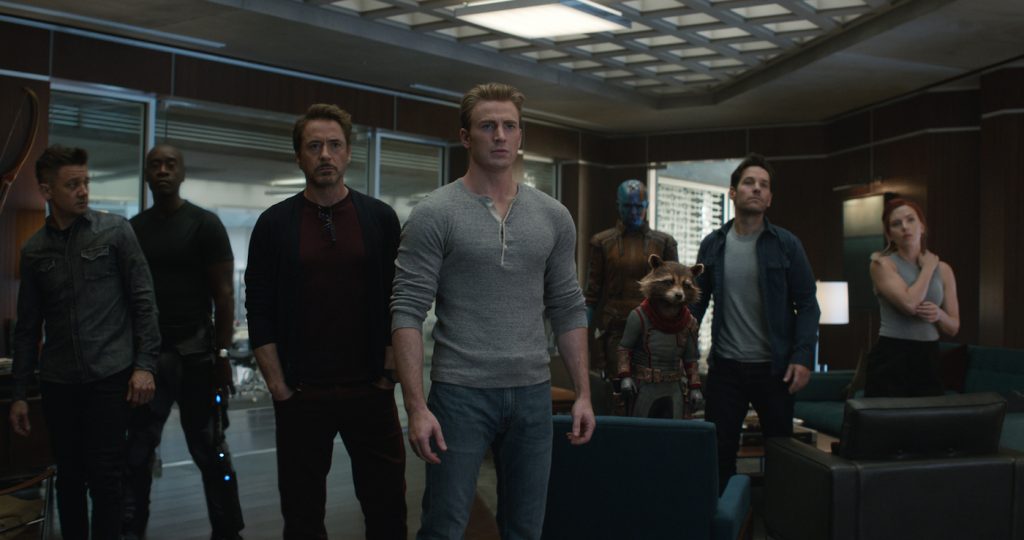The Golden Globes nominations have been announced, with Greta Gerwig’s Barbie and Jesse Armstrong’s Succession leading the pack in film and TV, respectively, with nine noms each.
Barbie‘s release date twin and other half of the Barbenheimer phenomenon, Christopher Nolan’s Oppenheimer, came in a very close second, with eight nominations, followed by Martin Scorsese’s Killers of the Flower Moon and Yorgos Lanthimos’ Poor Things, with seven nominations apiece.
Succession reigned supreme on the TV side, with The Bear and Only Murders in the Building coming in next with five noms each, while The Crown nabbed four.
The 2024 Golden Globes will be the first Globes since the Hollywood Foreign Press Association was replaced after its assets, rights, and properties were acquired by Dick Clark Productions and Eldridge, with Dick Clark Productions owning and producing the Globes. The new voters are now made up of 300 journalists from around the world, representing 76 countries, and comprised of a more ethnically diverse group.
The 81st Golden Globes Awards are set to air on CBS and stream on Paramount+ on Sunday, January 7, 2024 at 5 p.m./8 p.m. ET.
Here’s the full list below:
Best Motion Picture – Drama
Anatomy of a Fall (Neon)
Killers of the Flower Moon (Apple Original Films)
Maestro (Netflix)
Oppenheimer (Universal Pictures)
Past Lives (A24)
The Zone of Interest (A24)
Best Motion Picture – Musical or Comedy
Air (Amazon MGM Studios)
American Fiction (Orion Pictures/Amazon MGM Studios)
Barbie (Warner Bros. Pictures)
The Holdovers (Focus Features)
May December (Netflix)
Poor Things (Searchlight Pictures)
Best Motion Picture – Animated
The Boy and the Heron (GKids)
Elemental (Walt Disney Studios Motion Pictures)
Spider-Man: Across the Spider-Verse (Sony Pictures Releasing)
The Super Mario Bros. Movie (Universal Pictures)
Suzume (Crunchyroll / Sony Pictures Entertainment)
Wish (Walt Disney Studios Motion Pictures)
Best Cinematic and Box Office Achievement
Barbie (Warner Bros. Pictures)
Guardians of the Galaxy Vol. 3 (Walt Disney Studios Motion Pictures)
John Wick: Chapter 4 (Lionsgate)
Mission: Impossible – Dead Reckoning Part One (Paramount Pictures)
Oppenheimer (Universal Pictures)
Spider-Man: Across the Spider-Verse (Sony Pictures Releasing)
The Super Mario Bros. Movie (Universal Pictures)
Taylor Swift: The Eras Tour (AMC Theatres Distribution)
Best Motion Picture – Non-English Language
Anatomy of a Fall, France (Neon)
Fallen Leaves, Finland (Mubi)
Io Capitano, Italy (Pathe Distribution)
Past Lives, United States (A24)
Society of the Snow, Spain (Netflix)
The Zone of Interest, United Kingdom/USA (A24)
Best Performance by an Actor in a Motion Picture – Drama
Bradley Cooper, Maestro
Leonardo DiCaprio, Killers of the Flower Moon
Colman Domingo, Rustin
Barry Keoghan, Saltburn
Cillian Murphy, Oppenheimer
Andrew Scott, All of Us Strangers
Best Performance by an Actress in a Motion Picture – Drama
Annette Bening, Nyad
Lily Gladstone, Killers of the Flower Moon
Sandra Hüller, Anatomy of a Fall
Greta Lee, Past Lives
Carey Mulligan, Maestro
Cailee Spaeny, Priscilla
Best Performance by an Actress in a Motion Picture – Musical or Comedy
Fantasia Barrino, The Color Purple
Jennifer Lawrence, No Hard Feelings
Natalie Portman, May December
Alma Pöysti, Fallen Leaves
Margot Robbie, Barbie
Emma Stone, Poor Things
Best Performance by an Actor in a Motion Picture – Musical or Comedy
Nicolas Cage, Dream Scenario
Timothée Chalamet, Wonka
Matt Damon, Air
Paul Giamatti, The Holdovers
Joaquin Phoenix, Beau Is Afraid
Jeffrey Wright, American Fiction
Best Performance by an Actor in a Supporting Role in Any Motion Picture
Willem Dafoe, Poor Things
Robert De Niro, Killers of the Flower Moon
Robert Downey Jr., Oppenheimer
Ryan Gosling, Barbie
Charles Melton, May December
Mark Ruffalo, Poor Things
Best Performance by an Actress in a Supporting Role in Any Motion Picture
Emily Blunt, Oppenheimer
Danielle Brooks, The Color Purple
Jodie Foster, Nyad
Julianne Moore, May December
Rosamund Pike, Saltburn
Da’Vine Joy Randolph, The Holdovers
Best Director — Motion Picture
Bradley Cooper, Maestro
Greta Gerwig, Barbie
Yorgos Lanthimos, Poor Things
Christopher Nolan, Oppenheimer
Martin Scorsese, Killers of the Flower Moon
Celine Song, Past Lives
Best Screenplay – Motion Picture
Greta Gerwig, Noah Baumbach, Barbie
Tony McNamara, Poor Things
Christopher Nolan, Oppenheimer
Eric Roth, Martin Scorsese, Killers of the Flower Moon
Celine Song, Past Lives
Justine Triet, Arthur Harari, Anatomy of a Fall
Best Original Song – Motion Picture
“Addicted to Romance,” She Came to Me, Music and lyrics by Bruce Springsteen
“Dance the Night,” Barbie, Music and lyrics by Mark Ronson, Andrew Wyatt, Dua Lipa, Caroline Ailin
“I’m Just Ken,” Barbie, Music and lyrics by Mark Ronson, Andrew Wyatt
“Peaches,” The Super Mario Bros. Move, Music and lyrics by Jack Black, Aaron Horvath, Michael Jelenic, Eric Osmond, John Spiker
“Road to Freedom,” Rustin, Music and lyrics by Lenny Kravitz
“What Was I Made For?” Barbie, Music and lyrics by Billie Eilish, Finneas
Best Original Score – Motion Picture
Jerskin Fendrix, Poor Things
Ludwig Göransson, Oppenheimer
Joe Hisaishi, The Boy and the Heron
Mica Levi, The Zone of Interest
Daniel Pemberton, Spider-Man: Across the Spider-Verse
Robbie Robertson, Killers of the Flower Moon
Best Television Series – Drama
1923 (Paramount+)
The Crown (Netflix)
The Diplomat (Netflix)
The Last of Us (HBO/Max)
The Morning Show (Apple TV+)
Succession (HBO/Max)
Best Television Series – Comedy or Musical
Abbott Elementary (ABC)
Barry (HBO/Max)
The Bear (FX)
Jury Duty (Amazon Freevee)
Only Murders in the Building (Hulu)
Ted Lasso (Apple TV+)
Best Miniseries or Motion Picture Made for Television
All the Light We Cannot See (Netflix)
Beef (Netflix)
Daisy Jones & the Six (Prime Video)
Fargo (FX)
Fellow Travelers (Showtime)
Lessons in Chemistry (Apple TV+)
Best Performance by an Actress in a Television Series – Drama
Helen Mirren, 1923
Bella Ramsey, The Last of Us
Keri Russell, The Diplomat
Sarah Snook, Succession
Imelda Staunton, The Crown
Emma Stone, The Curse
Best Performance by an Actor in a Television Series – Drama
Brian Cox, Succession
Kieran Culkin, Succession
Gary Oldman, Slow Horses
Pedro Pascal, The Last of Us
Jeremy Strong, Succession
Dominic West, The Crown
Best Performance by an Actress in a Television Series – Comedy or Musical
Rachel Brosnahan, The Marvelous Mrs. Maisel
Quinta Brunson, Abbott Elementary
Ayo Edebiri, The Bear
Elle Fanning, The Great
Selena Gomez, Only Murders in the Building
Natasha Lyonne, Poker Face
Best Performance by an Actor in a Television Series – Comedy or Musical
Bill Hader, Barry
Steve Martin, Only Murders in the Building
Jason Segel, Shrinking
Martin Short, Only Murders in the Building
Jason Sudeikis, Ted Lasso
Jeremy Allen White, The Bear
Best Performance by an Actress in a Limited Series, Anthology Series or a Motion Picture Made for Television
Riley Keough, Daisy Jones & the Six
Brie Larson, Lessons in Chemistry
Elizabeth Olsen, Love & Death
Juno Temple, Fargo
Rachel Weisz, Dead Ringers
Ali Wong, Beef
Best Performance by an Actor in a Limited Series, Anthology Series or a Motion Picture Made for Television
Matt Bomer, Fellow Travelers
Sam Claflin, Daisy Jones & the Six
Jon Hamm, Fargo
Woody Harrelson, White House Plumbers
David Oyelowo, Lawmen: Bass Reeves
Steven Yeun, Beef
Best Performance by an Actress in a Supporting Role on Television
Elizabeth Debicki, The Crown
Abby Elliott, The Bear
Christina Ricci, Yellowjackets
J. Smith-Cameron, Succession
Meryl Streep, Only Murders in the Building
Hannah Waddingham, Ted Lasso
Best Performance by an Actor in a Supporting Role on Television
Billy Crudup, The Morning Show
Matthew Macfadyen, Succession
James Marsden, Jury Duty
Ebon Moss-Bachrach, The Bear
Alan Ruck, Succession
Alexander Skarsgard, Succession
Best Performance in Stand-Up Comedy on Television
Ricky Gervais, Ricky Gervais: Armageddon
Trevor Noah, Trevor Noah: Where Was I
Chris Rock, Chris Rock: Selective Outrage
Amy Schumer, Amy Schumer: Emergency Contact
Sarah Silverman, Sarah Silverman: Someone You Love
Wanda Sykes, Wanda Sykes: I’m an Entertainer
Featured image; (L-r) RYAN GOSLING as Ken and MARGOT ROBBIE as Barbie in Warner Bros. Pictures’ “BARBIE,” a Warner Bros. Pictures release. Photo by Jaap Buitendijk. Featured image: Matthew Macfadyen, Sarah Snook. Photo courtesy HBO.


